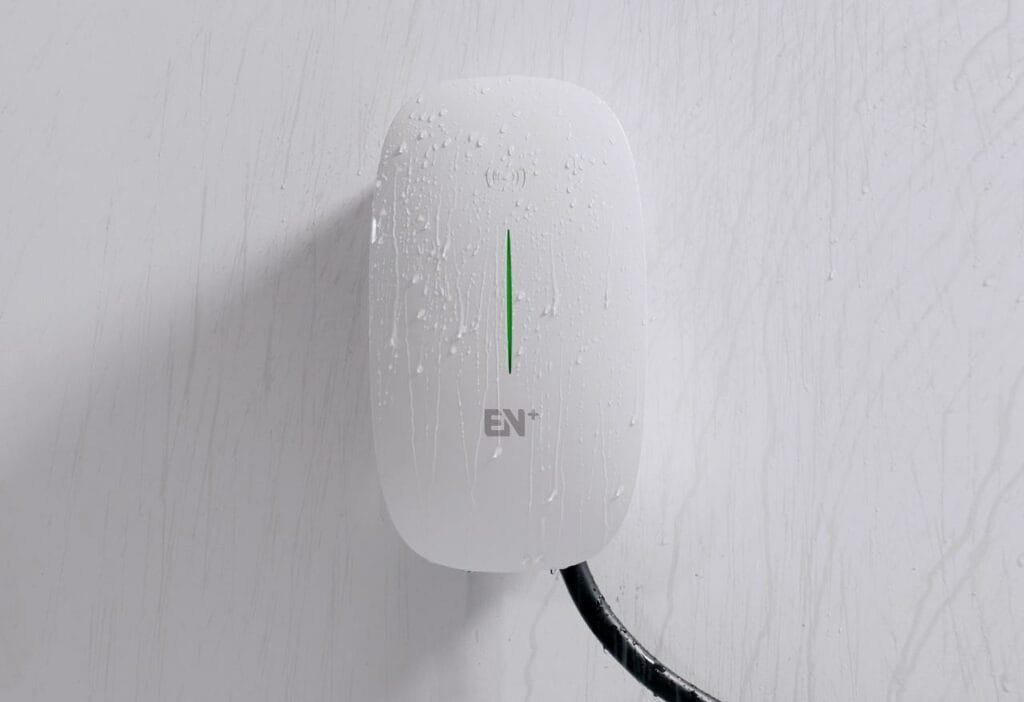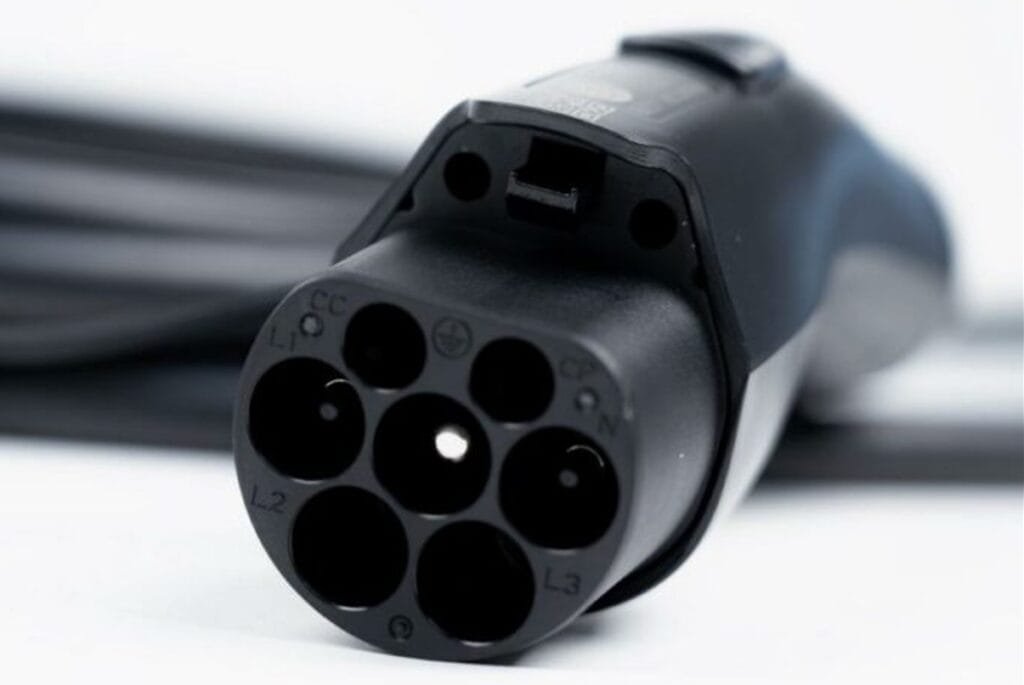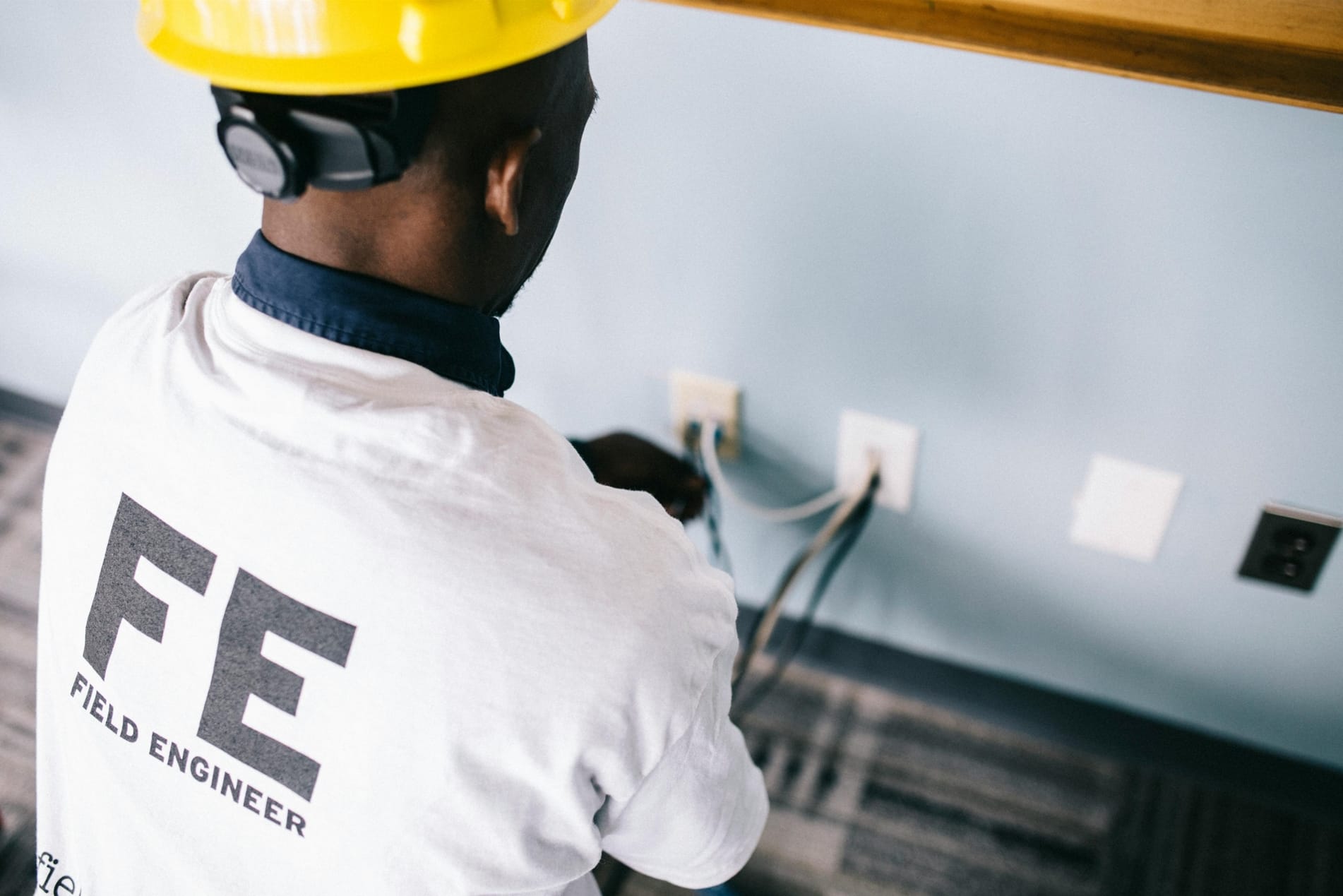Absolutely! Many people wonder if charging their electric vehicles (EVs) in the rain is safe. While it’s a common belief that water and electricity don’t mix, the technology behind electric cars is meticulously designed to ensure the vehicle’s and its occupants’ safety.

Charging your EV with EN Plus in the rain is perfectly safe. Every component, from the charging connectors to the chargers, undergoes thorough waterproofing and rigorous testing with international certifications. You might still be worried if water breaches this waterproofing and gets into the EV charger. However, EN Plus has multiple safety mechanisms in place to protect you. If water does find its way into an EV charger, it will immediately interrupt the connection, preventing the flow of electric current. This ensures the complete safety of you and any passengers in the vehicle. So, rest assured that your EV charging experience remains secure even in wet weather conditions.
Should I change my charging routine when it’s raining?
No, there’s typically no need to alter your charging routine when it’s raining, provided your charging equipment meets safety standards. Charging an EV follows the same process in all weather conditions. Here are 4 essential tips to ensure safe charging:

Use dedicated charging points
Whether you charge at home or in public, professionally installed EV chargers are the safest option for your electric car.
Opt for approved charging cables
While most EVs come with charging cables, if you need to purchase one separately, ensure the manufacturer’s recommends to guarantee compatibility and safety.
Avoid multi-plug extension cords
Always use the correct cables and cords approved by the manufacturer. Domestic extension cords should never be used for EV charging.
Inspect your charger
Before plugging in, it’s wise to check the condition of the charging station to ensure it’s in good working order, regardless of the weather conditions.
The Design Concept
EVs and EV chargers are designed to withstand various weather conditions, excluding extreme cases like floods and hurricanes. They undergo rigorous testing according to standards set by organizations like SAE. Region-specific regulations apply:
- In the US, the NEC governs charging station regulations.
- In the EU, CEN & CENELEC standards are significant.
- In the UK, BSI standards are applicable.
Safety standards are crucial, with UL, CE, and UKCA providing certifications. EN Plus EV chargers ensures compliance with NEMA-4,IP55 and IP65 standards, guaranteeing safety, durability, and protection against environmental challenges. Suitable for indoor and outdoor use.

Waterproof Structural Design
The design of the EV charging plug is ingeniously crafted for safety. The conductive part of the plug is designed with ample length, ensuring a secure and tight connection that prevents water contact when disconnecting. Furthermore, a rubber seal ring is strategically positioned on the mating surface of the plug and socket. When charging in the rain, this seal is an effective barrier, blocking the majority of rainwater. Any remaining water is directed through drainage holes on the lower side of the socket, preventing accumulation and ensuring safe charging.
Electrical Design for Safety
The EV charging system ensures safety through connection verification, charging control, and ground protection design.
Connection Verification and Charging Control
When you plug your EV charger into the socket, the charging station is thoroughly examined to ensure proper grounding and a secure physical connection. This verification process is carried out through the ‘Charge Confirmation Terminal.’ Simultaneously, the charging process is closely regulated and monitored through the ‘Charge Control Terminal’ or ‘CAN Terminal.’ In the event of any irregularities, such as insulation failure or current leakage, both the charging station and the Battery Management System (BMS) act swiftly to interrupt the charging process, prioritizing safety above all else.
Ground Protection Design
Our charging system incorporates a thoughtful ground protection design. Both the charging base and the plug are equipped with grounding terminals. In the unlikely event of a fault, such as current leakage during the charging process, these terminals serve as a crucial safety feature. They effectively divert any potentially dangerous currents to the ground, ensuring the safety of individuals and preventing electrical hazards. Your safety is our priority.
Safety Demonstrated through Experiments
We conducted simulated experiments to assess the safety of EV charging in rainy conditions, adhering to the IEC60529 guidelines, particularly the IPX6 standards, which replicate heavy rain conditions with a water flow rate of 100L/min. During our tests, we suspended the charging station and executed simulations that closely mirrored real-world scenarios, subjecting the charger to continuous water spraying for a minimum of 3 minutes. The experiment’s results unequivocally validated that no water infiltration occurred during the sustained water spray, guaranteeing the charging plug’s complete dryness and safety for use.
There you have it: EVs are just as weatherproof as their gas-powered counterparts, and charging an EV in the rain poses no safety concerns.
So, why wait any longer? Connect with EN Plus experts today to explore and implement your personalized EV charging solution.





